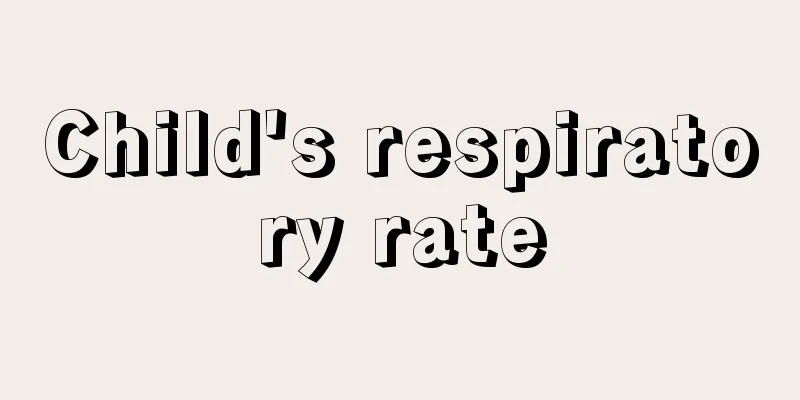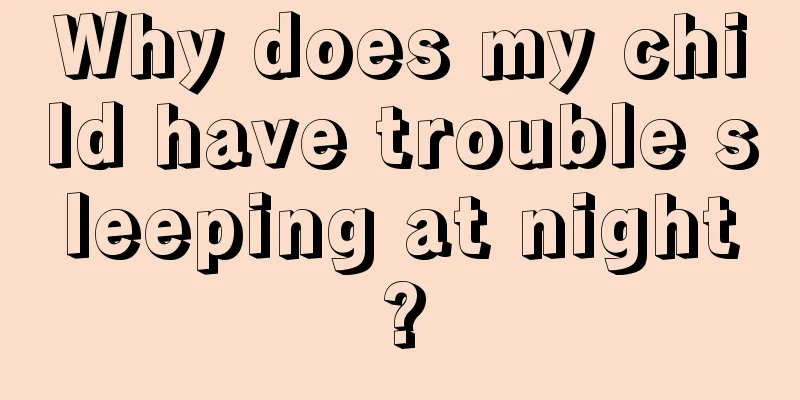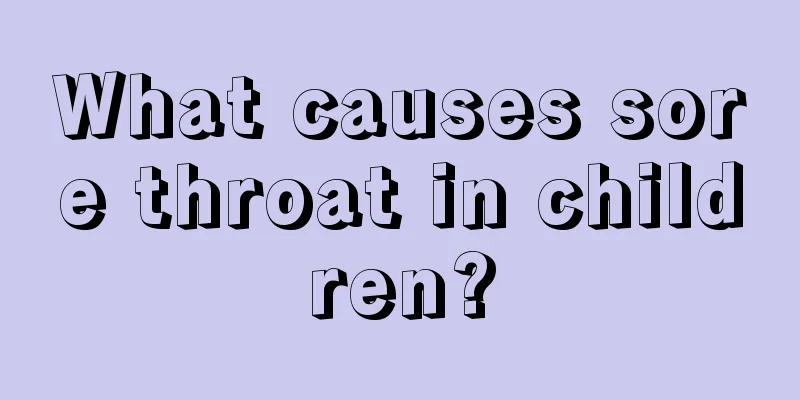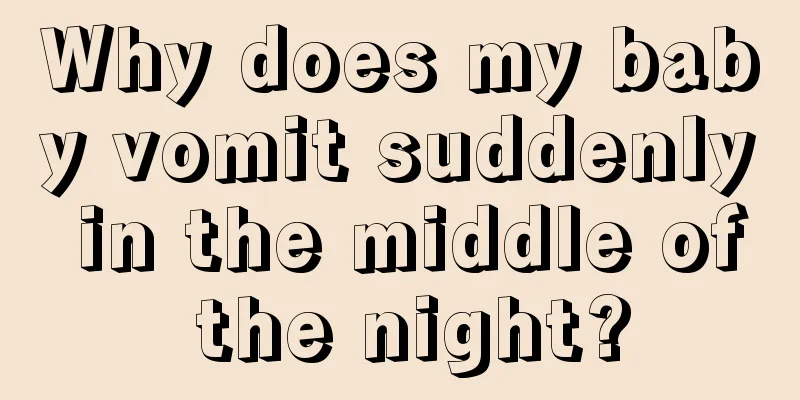Child's respiratory rate

|
We know that a person's breathing rate is closely related to age. For children, their metabolism is more vigorous, so their breathing rate increases slightly. If we fail to correctly understand this situation, we may think that our children are at risk of disease and cause unnecessary worry. We need to have a certain understanding of the common sense of the human body to avoid blind treatment. So, what is the child's breathing rate? 1. The normal pulse rate of children is generally as follows: Fetal 140-150 beats/min; Newborn babies: 130-140 beats/min; 1 month to 1 year old: 110-130 beats/min; 2 years old: 96-115 beats/min; 3 years old: 86-105 beats/min; 7-14 years old: 76-90 beats/min; The above frequencies should be in a quiet state. If the child is active or participates in physical exercise, the heartbeat can be significantly faster. Young and old 15-21 years old: 76-85 beats/min; 21-60 years old: 70-75 beats/min; 67-80 beats/min for those over 60 years old; It should also be added that women generally have faster heart rates than men. Heart rate is affected by breathing rate. The heart rate is affected by body temperature, which increases by ten beats per degree Fahrenheit (see table below): 98F Heart rate 60/min When the temperature is 99F, the heart rate is 70/min When the temperature is 100F, the heart rate is 80/min. When the temperature is 102F, the heart rate is 100/min. When the temperature is 104F, the heart rate is 120/min 2. Reasons for Change A normal adult breathes about 16-20 times per minute. The ratio of respiration to pulse is 1:4, that is, for every 1 breath, the pulse beats 4 times. Children breathe faster than adults, up to 20 to 30 times per minute; the respiratory rate of newborns can reach 44 times per minute. In a normal resting state, an adult breathes 12 to 18 times per minute, with a breathing to pulse ratio of 1:4. Newborns breathe about 44 times per minute, which gradually slows down with age. The main manifestations of peripheral respiratory failure. 1. Tachypnea refers to a respiratory rate exceeding 24 breaths per minute. Seen in fever, pain, anemia, hyperthyroidism and heart failure. Generally, when body temperature rises by 1°C, breathing increases by about 4 times per minute. 2. Bradypnea refers to a respiratory rate less than 12 breaths per minute. Shallow and slow breathing is seen in overdose of anesthetics or sedatives and increased intracranial pressure. 3. Changes in breathing rate and depth of breathing Rapid and shallow breathing is seen in respiratory muscle paralysis, severe bloating, ascites and obesity, as well as lung diseases such as pneumonia, pleurisy, pleural effusion and pneumothorax. Deep and rapid breathing is seen during strenuous exercise because the body's increased oxygen supply requires increased gas exchange in the lungs. In addition, when one is emotionally excited or overly nervous, one often breathes deeply and rapidly, and hyperventilates. At this time, the partial pressure of carbon dioxide in the arterial blood decreases, causing respiratory alkali poisoning. Patients often feel numbness around the mouth and extremities. In severe cases, tetany and respiratory arrest may occur. In severe metabolic acidosis, deep and slow breathing also occurs. This is because the extracellular fluid bicarbonate is insufficient and the pH is lowered. CO2 is excreted through the lungs to compensate and regulate the extracellular acid-base balance. This is seen in diabetic ketoacidosis and uremic acidosis. This deep breathing is also called Kussmaul respiration. |
<<: Children with allergic rhinitis will recover by themselves at the age of 9
>>: Can babies drink tea water?
Recommend
Can children who are receiving anti-inflammatory fluids eat mutton?
The type of anti-inflammatory fluid your child re...
Causes of aplastic anemia in children
Children's physical health is what the family...
How to make spleen-strengthening and stomach-nourishing porridge for young children?
After a long and hot summer, some mothers are not...
How to solve the problem of baby kicking the quilt at night
The problem of babies kicking off the quilt at ni...
What should I do if my baby has torticollis? How to correct torticollis
Baby torticollis is mainly caused by congenital h...
What are the standards for children's mental health?
With the rapid development of society and the gra...
Can a one-year-old baby eat yogurt?
Yogurt is an essential dairy product in most fami...
How to remove baby’s tongue coating?
The baby's physical condition is of great con...
What should I do if my child has a bacterial cold and fever?
In the minds of parents, children's fever and...
What to do if your child has trouble falling asleep
Difficulty falling asleep is a common problem for...
Why does my baby have repeated fever? Let you understand the full reasons
It is common for children to have fever symptoms ...
At what age can children eat avocado?
If there is a child at home, the food that the ch...
How much sleep does a 2-year-old baby need?
The healthy growth of the baby is the expectation...
How to treat cerebral hypoxia in children?
The difference between humans and animals is that...
What to do if your baby has not had a bowel movement for a week
Families with babies are very concerned about the...









